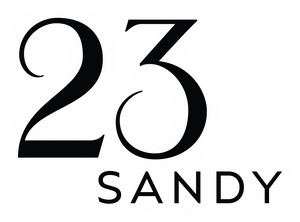| Title | Ruminations |
| Press Name | Scripps College Press |
| Publication Date | 2011 |
| Author of Text | Rumi |
| Contributors | Interpreted by Coleman Barks |
| Medium / Materials | Ginga Iridescent Orange bookcloth. The sheets are folded into signatures which are sewn over Tyvek-reinforced tapes with gold thread and are attached to the covers. |
| Paper Stock | Rives BFK paper |
| Dimensions (WxHxD) | 11 x 14 inches |
| Edition Size | Edition of 103 |
Denison Library and Honnold Library have significant collections of medieval books, many still in their original bindings. The typography students selected eight books from the 13th to the 15th centuries at Denison for in-depth research into which attributes persist in contemporary artist books. In addition to the obvious physical characteristics in medieval books: vellum, wood boards, calligraphy, illumination and miniatures, the students remarked that the texts were serious and of vital importance to the makers. In that vein, they decided to search for texts that were important to them for this book, winnowing down twelve texts to the final selection of a poem from a 13th-century poet, Rumi. They wrote commentaries on this evocative text, which was interpreted by Coleman Barks, who gave us permission to use his poem.
The visual aspects of the book were inspired by the geometric structures of medieval book imagery. The colors of the linoleum blocks reflect the preponderance of lapis lazuli blue, crimson red and royal purple in medieval miniatures. The Ginga Iridescent Orange bookcloth used for the binding introduces gold which was prevalent in medieval manuscripts. The sheets of Rives BFK paper are folded into signatures which are sewn over Tyvek-reinforced tapes with gold thread and are attached to the covers.
Artist Bio
The Scripps College Press was founded in 1941 as an experimental typographic laboratory. In 1986 Kitty Maryatt became the Director of the Press and instituted a new program of collaborative class books. Two letterpress books are produced each year by the Typography class. The class supported by the Press is entitled Typography and the Book Arts. Students from all five of the Claremont Colleges are allowed to attend. The premise of the class is that all students will learn the highest standards of typography and printing by publishing their own books. These neophyte students are asked to write on a given subject, make imagery, design the layout, hand set the metal type, print the book by letterpress and bind the edition of about 100 copies, all in one semester.



